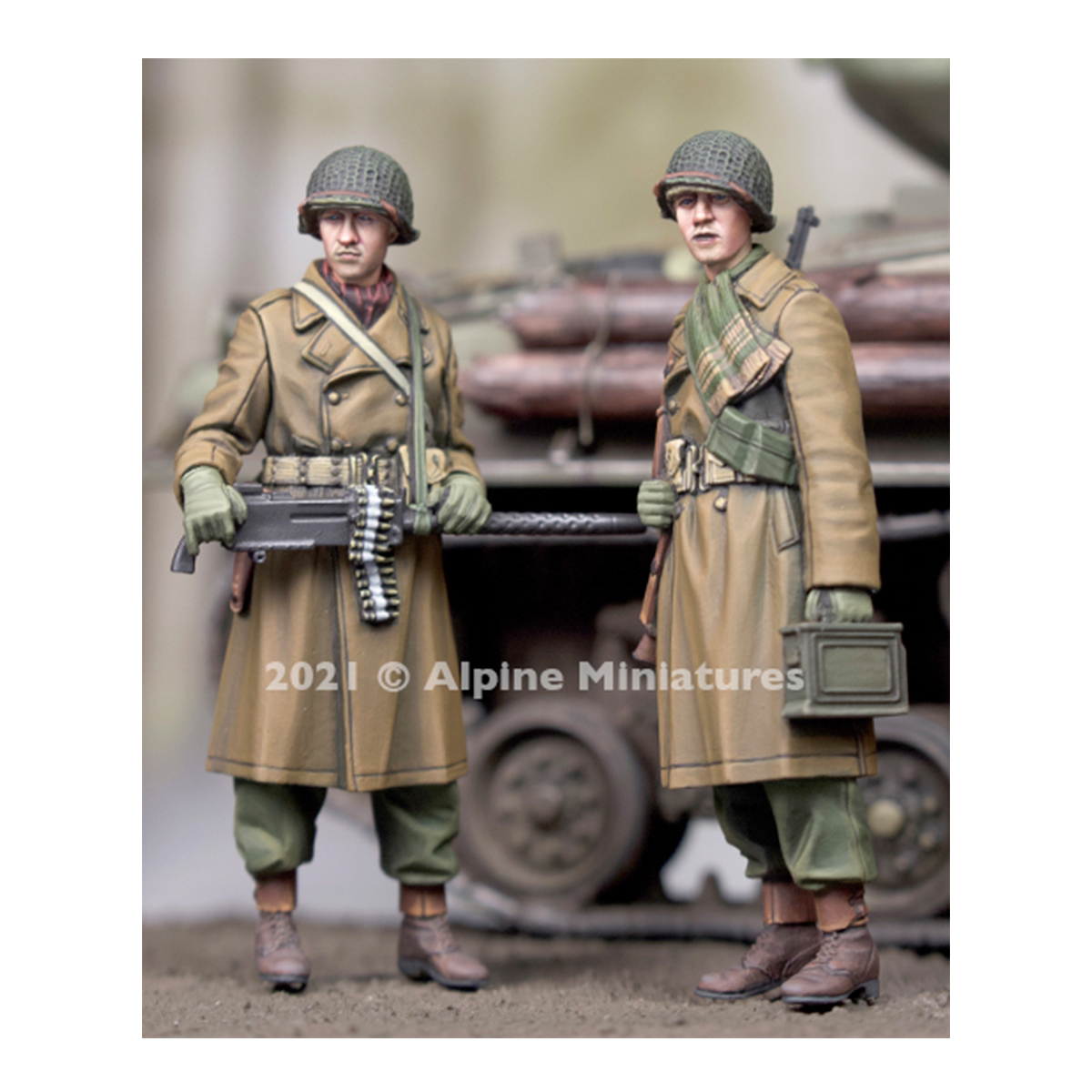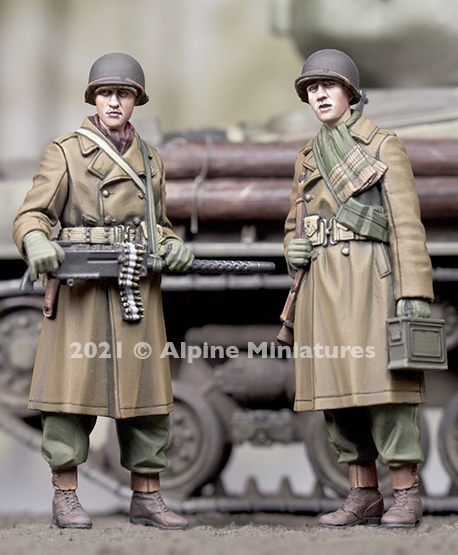WW2 US MG Team Winter (2 figures) 1/35
36,50€
In stock

*Please check our Privacy Policies to see how to we use your personal data.
*Por favor revisa nuestra Política de Privacidad para ver como tratamos tus datos personales
ENGLISH
ESPAÑOL
The pictures show 2 figures with 2 different heads each.
Sculpture by Taesung Harmms / Boxart by Dr. Jin Kim
Las imágenes muestran 2 figuras con 2 cabezas diferentes cada una.
Escultura de Taesung Harmms / Boxart del Dr. Jin Kim



"Exclusive Product Walk Around"
Additional information
| Weight | 0,25 kg |
|---|---|
| Dimensions | 20 × 15 × 10 cm |
| Army | USA |
| Brands | |
| Materials | Resin |
| Product | |
| Pack | Set |
| Scale | 1/35 |
| Theme | Figures, Military |



 Request of SDS product data file / Product security
Request of SDS product data file / Product security